Island-Cultured Shellfish
Katama Bay Growers and Menemsha Pond Growers
Martha’s Vineyard Private Aquaculture Initiative
In February 1995 MVSG launched the Martha’s Vineyard Private Aquaculture Initiative with $189,780 from the Fishing Industry Grants (FIG) program and $50,000 from National Marine Fisheries Service via the Nantucket Research and Education Foundation. Sixteen fishermen wishing to make the occupational transition into aquaculture were given extensive training in practical shellfish aquaculture techniques. The ambitious twelve month training program incorporated lectures, field trips, aquaculture literature, hands on training in a shellfish hatchery and at an onshore shellfish nursery and field culture sites. Responding to the needs of the trainees, the training program addressed areas such as shellfish biology, water quality, shellfish diseases, business planning, marketing, cooperative ventures, and the procedures and regulations governing the acquisition of private aquaculture leases. The MVSG worked with local town governments to develop aquaculture policies allowing the fishermen trainees to secure private aquaculture lease sites.
Most of the fishermen trainees took to aquaculture like the proverbial duck to water. The water-based skills of fishermen have almost perfect application to marine aquaculture. The final product, seafood, is the same for both occupations and fishermen, more than anyone else, seem to understand the economic promise of the controlled production and steady supply of an aquacultured product.
Under the second round of FIG funding in 1996, MVSG was awarded $311,138 to provide financial and technical startup assistance for fifteen fishermen who had begun private aquaculture ventures. In 1998, the MVSG leveraged state funds from the Massachusetts Department of Food and Agriculture (DFA) to continue to support the growing local aquaculture industry. With a $4,000 grant, the MVSG worked with the growers to promote the sale of the first crop of their cultured oysters. The project included the development of a logo and introducing the cultured oysters to Vineyard restaurants, seafood markets, and the general public at “oyster tastings”. Also in 1998, the MVSG secured grant funding of $28,221 from the Massachusetts DFA for a cooperative project with Edgartown fisherman Jack Blake to build and demonstrate a floating, shellfish hatchery/nursery prototype. Further demonstration of the Blake Floating Hatchery/Nursery Culture System continued in 1999 with another grant of $19,745 from the Massachusetts DFA.
In 1999 and 2000 with $65,069 from the National Fish and Wildlife Foundation and a $5,255 match from the Massachusetts DFA, five innovative tidal powered upwelling shellfish nursery systems were constructed and operated by a group of the retrained fishermen. The new shellfish nurseries proved to be an effective new tool for the five growers who constructed and operated them. In 1999, over one half million seed oysters were cultured as a result of this project. The number rose to over a million with the addition of more shellfish to the growers in 2000.
In the summer of 2000 with a grant of $24,990 from the Massachusetts DFA, the MVSG began an experimental Aqua-Tourism project showcasing the shellfish farms of the fishermen/growers. The tours help subsidize the growers, and provide a venue for promoting their cultured shellfish product. The DFA was pleased with the first year’s results and funded it again in 2001 with a grant of $7,335. Also in 2001, the MVSG helped the four growers apply for and secure $8,000 from the Seafarer’s Friend to purchase gear to expand their operations.
In 2001 and 2002, MVSG received $15,000 in funding under the Fishing Communities Initiative of the Sailors’ Snug Harbor Foundation of Boston to produce a genetic strain of oyster seed that would improve the economic viability of their operations. Also in 2002, MVSG received a grant of $2,500 from the Southeast Massachusetts Aquaculture Center to produce and print a brochure promoting the local growers’ oysters (Attached).
Beginning in the spring of 2000, MVSG participated in a two year Sea Grant funded project with the Marine Biological Laboratory in Woods Hole to monitor the oyster disease SSO on the growers’ beds. In 2004, MVSG coordinated weekly samples of seed oysters from the local growers that were sent to researchers at the University of Maine in Orono who were investigating the cause and epidemiology of Juvenile Oyster Disease.
From 2004 to 2016, oyster culture in Katama Bay saw phenomenal growth. Out with five graduates of the aquaculture training program four remained active. In 2015 Katama Bay was capped at 12 active one acre sites and there is a waiting list for this area. Collectively, Katama growers are producing between 1.5-2 million dollars per year in oysters. Unfortunately, the 2014 and 2015 season also saw a high occurrence of Vibrio infection, prompting state closures and changes in the handling regulations.
In 2014, the Town of Edgartown licensed an area off of Eel Pond (Middle Flats) for expansion. Because this new area is in open waters, it now offers the Katama growers an opportunity to avoid Vibrio infection when the water temperature reaches its maximum in Katama Bay.


